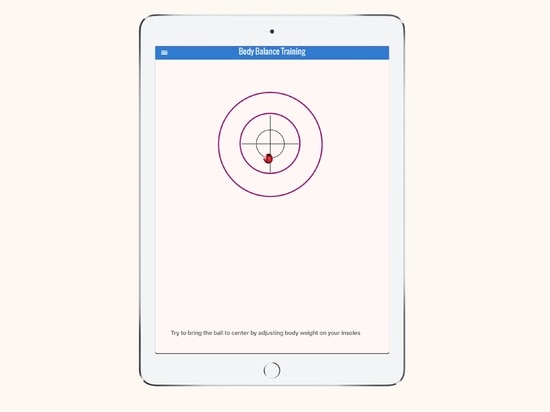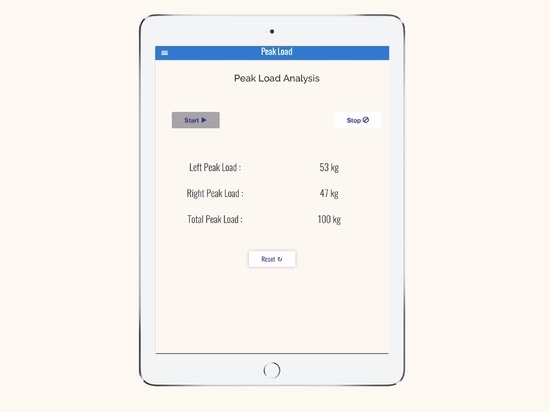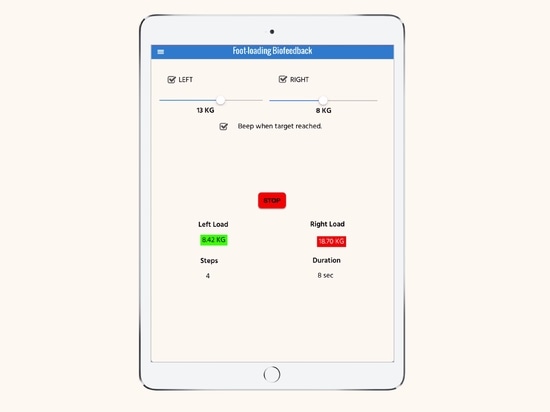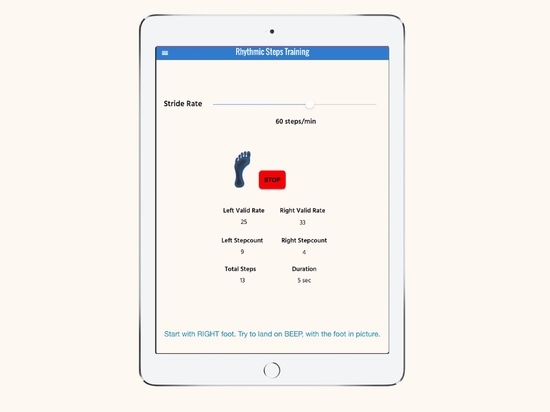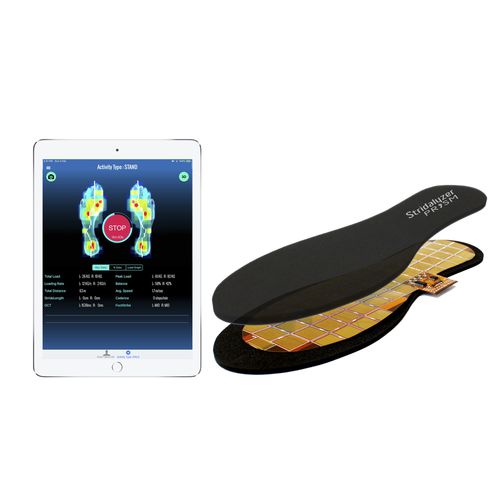
#Product Trends
The Role of Stridalyzer Insoles in Rehab and Training
An imperative tool for clinicians in modern patient recovery methods
Stridalyzer insoles, coupled with the software toolkit, enables a wide variety of bio feedback-based rehabilitative and recovery training for a wide range of patients and applications, including post-brain stroke rehab, post-surgery recovery, sports injury rehab and sports performance improvement. The system also serves as an important tool in delaying the onset of neuro degenerative diseases.
Numerous evidence-based studies demonstrate the advantage of interactive bio-feedback between the patient and the physiotherapist in the rehab and training process.
“Rosalyn et al, http://dx.doi.org/10.1016/j.jphys.2016.11.006”
“Richard et al, JMIR Rehabil Assist Technol 2016;3(2):e11”
“Giggins et al.: Biofeedback in rehabilitation. Journal of NeuroEngineering and Rehabilitation 2013 10:60.”
1) Balance Training:
This is useful for motor function rehabilitation in brain stroke patients - an interactive gamified tool that invites the patient to center a spirit level using body weight distribution on the insoles exercising visual, motor and body balance coordination. Evidence-based studies in “Body Balance: ‘TOPICS IN STROKE REHABILITATION/JULY-AUG 2007’; Lonnie Nelson” show significant acceleration in recovery through usage of such interactive feedback tools.
2) Peak Load:
Determination of peak muscle force (a.k.a peak power) is widely recognized as a fundamental measure of sports performance as well as health characterization "Strength and Conditioning Journal (www.nsca-scj.com); VOLUME 34 | NUMBER 6 | DECEMBER 2012; 'Vertical Jump and Power' ”.
The Stridalyzer toolset features a peak load tool to analyze a single/multiple series of jumps that determine the peak ground reaction force applied by the user, which directly relates to peak muscle power.
3) Partial Weight Loading Training:
This is an important rehabilitative mechanism for patients who have undergone lower body surgery (such as knee or hip reconstructive procedures) to enable them regain strength and ambulatory motion capabilities over time. Usual practice for this training requires the patient to be slung over a partial loading sling while the clinician monitors the actual amount of loading applied via qualitative assessment or through sophisticated pressure sensing plates.
With the Stridalyzer INSIGHT this can be achieved to a high degree of accuracy with the patient wearing the insoles while on the partial loading sling. This tool can be configured to specific weight levels for each foot with visual and audio feedback (continuous beeping) on reaching/surpassing the chosen weight level.
4) Stride Rhythm Training:
Stride health (as measured by parameters such as consistency in stride rate and degree of foot shuffling) is an important indicator of several neuro-degenerative diseases, brain stroke and a major contributor to fall risk – “strong stride health” translates to lower probability of neuro-degenerative diseases (such as Alzheimer’s and Parkinson’s) and lower fall risk in the future. Several evidence-based studies have shown that a training regimen to maintain an improved stride rhythm can directly delay in the onset of neuro-degenerative diseases and improve recovery of motor functions in brain stroke patients. “Lucal et al, http://dx.doi.org/10.1016/j.jphys.2014.11.015”
